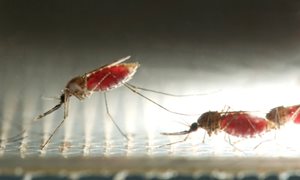8 July 2020
It could not have been more fitting: the final edition of ‘Bessensap’, the annual Dutch science communication conference, had to move online due to the coronacrisis. But communicating in times of crisis, how do you achieve that efficiently? What ways are there to connect and how do you get your message across clearly, when everyone is at home and on Zoom? These and other questions were central to the final edition of Bessensap 2020.
In an empty Jaarbeurs, the conference was organized as usual. Merchandise everywhere, different rooms for different presentations and of course, lots of coffee. The only difference was the lack of audience and the presence of cameras. As one of the guests at the round table opening-session, I had a chance to talk to Reint Jan Renes, originally a sustainability behavioral scientist but now suddenly part of the ‘OMT’. From one day to the other, his work went from ‘slow science’ to 24/7 and rapidly advising the government on crisis behavior of the Dutchies and how to communicate their message clearly so we would follow rules. Interestingly, as experienced behavioral scientist, he mainly discovered how little he knew on the behavior of people in a crisis. And how important it was to only communicate facts, whereas as scientists, we so often talk about ‘hypotheses’ and things that ‘might be true’. The second guest at our table was storyteller Godfried Hartkamp. He helps people to get their story out to the general public, and he stretched the importance of keeping it short. We are so often and easily distracted. Imagine you are on Zoom and you get a Whatsapp message. Your phone lights up and away with the concentration and focus. I myself was invited as guest for my recent new experience as science vlogger. As Rubicon grant laureate I was asked to vlog about my experiences abroad and although I found it extremely awkward at first, I discovered how important and interesting it is to be visual as a scientist. It made my science communication better, clearer and way more ‘findable’. I was sitting at this round table for one.
Together with Godfried and Reint Jan we came to a main conclusion: get your message out clearly, keep it short and don’t be afraid to make your science understandable for a broader public. This does not devalue your research, if anything it makes your research more valuable, as more people will understand what you do. Later in the conference I shared my personal vlogging tips and tricks in a 40-minute workshop ‘how to start vlogging as a scientist’, and for those interested: the workshop can be watched here (in Dutch). I hope that using video and vlogs for communicating science will increasingly become part of our work, at least for those that want to. How do you tell your story?
Link round table
Impression of the day
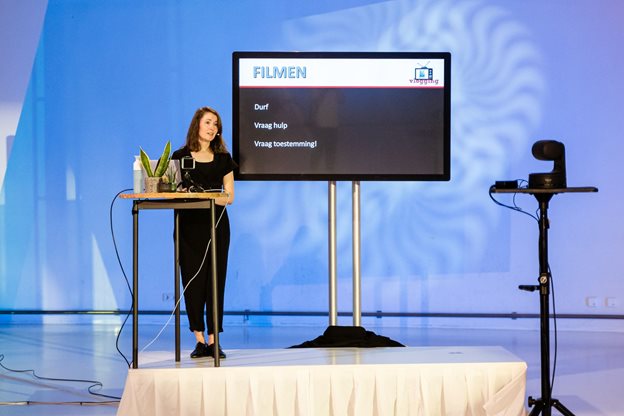
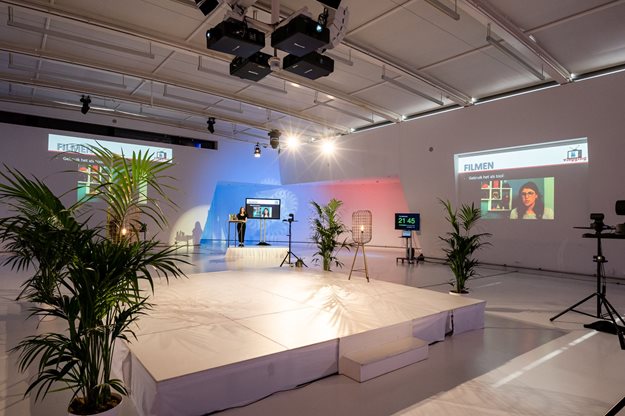

It could not have been more fitting: the final edition of ‘Bessensap’, the annual Dutch science communication conference, had to move online due to the coronacrisis. But communicating in times of crisis, how do you achieve that efficiently? What ways are there to connect and how do you get your message across clearly, when everyone is at home and on Zoom? These and other questions were central to the final edition of Bessensap 2020.
In an empty Jaarbeurs, the conference was organized as usual. Merchandise everywhere, different rooms for different presentations and of course, lots of coffee. The only difference was the lack of audience and the presence of cameras. As one of the guests at the round table opening-session, I had a chance to talk to Reint Jan Renes, originally a sustainability behavioral scientist but now suddenly part of the ‘OMT’. From one day to the other, his work went from ‘slow science’ to 24/7 and rapidly advising the government on crisis behavior of the Dutchies and how to communicate their message clearly so we would follow rules. Interestingly, as experienced behavioral scientist, he mainly discovered how little he knew on the behavior of people in a crisis. And how important it was to only communicate facts, whereas as scientists, we so often talk about ‘hypotheses’ and things that ‘might be true’. The second guest at our table was storyteller Godfried Hartkamp. He helps people to get their story out to the general public, and he stretched the importance of keeping it short. We are so often and easily distracted. Imagine you are on Zoom and you get a Whatsapp message. Your phone lights up and away with the concentration and focus. I myself was invited as guest for my recent new experience as science vlogger. As Rubicon grant laureate I was asked to vlog about my experiences abroad and although I found it extremely awkward at first, I discovered how important and interesting it is to be visual as a scientist. It made my science communication better, clearer and way more ‘findable’. I was sitting at this round table for one.
Together with Godfried and Reint Jan we came to a main conclusion: get your message out clearly, keep it short and don’t be afraid to make your science understandable for a broader public. This does not devalue your research, if anything it makes your research more valuable, as more people will understand what you do. Later in the conference I shared my personal vlogging tips and tricks in a 40-minute workshop ‘how to start vlogging as a scientist’, and for those interested: the workshop can be watched here (in Dutch). I hope that using video and vlogs for communicating science will increasingly become part of our work, at least for those that want to. How do you tell your story?
Link round table
Impression of the day


Related news items

Grants for research on magnesium deficiency and malaria Vidis for Felix Hol and Jeroen de Baaij
1 July 2022 Radboudumc researchers Jeroen de Baaij and Felix Hol both receive an NWO Vidi grant for their research, respectively on magnesium deficiency in type 2 diabetes and on malaria. go to page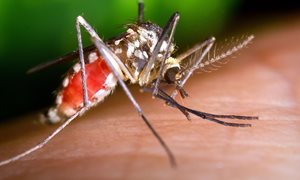
Field research on malaria vaccine offers unexpected surprise
23 May 2022Field research on the effectiveness of a malaria vaccine, came up with unexpected results for an international group of researchers including Benjamin Mordmüller of Radboudumc. The vaccine evokes a broader response against malaria proteins than there are in the vaccine.
go to page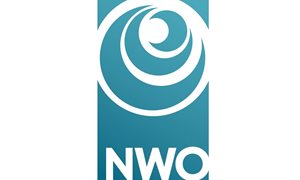
Rubicon grants awarded to three RIMLS researchers
19 April 2022Three researchers have received Rubicon funding from NWO/ZonMw. This will enable Elke Muntjewerff, Laura de Vries and Laurens van de Wiel to do research at a foreign research institute for the next two years.
go to page

